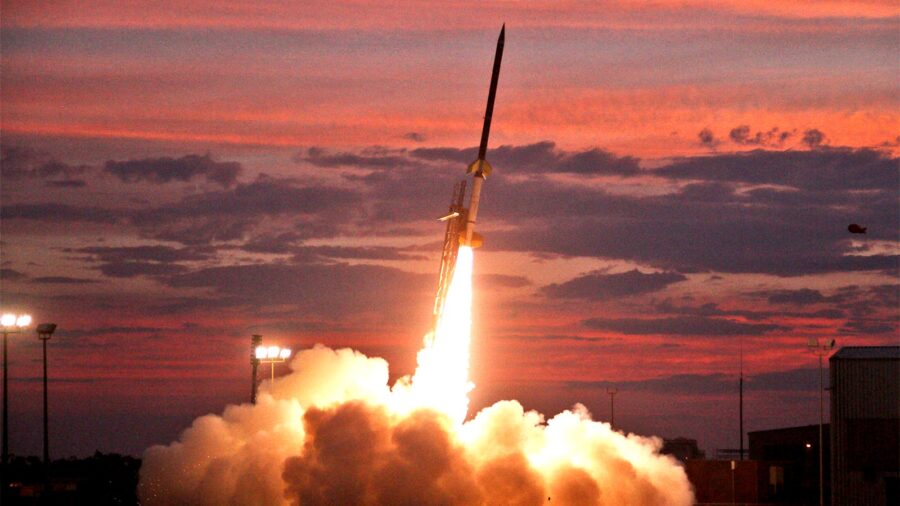India Is Sending Another Rocket To The Moon After Two Failed Attempts

India’s space agency, the Indian Space Research Organization (ISRO), is just days away from sending its rocket and spacecraft up for a soft moon landing. ISRO made the announcement on Twitter that the three-stage rocket has been attached to its Sriharikota for its lunar landing Chandrayaan-3 mission. This launch comes after ISRO lost its Vikram lunar lander to a hard landing that caused it to lose communication with the craft in 2019.
India is sending another rocket towards the Moon, followign the 2019 crash landing of their Vikram lunar lander.
If India’s latest rocket successfully lands on the moon, then the country will be only the fourth nation to complete a soft moon landing after the US, China, and the Soviet Union. It would be a major accomplishment for the ISRO and have some exciting scientific implications for our understanding of the moon’s unique geology and surface.
This is because the ISRO is choosing to go after untread ground and put its lander on the moon’s southern pole, which has been almost entirely unexplored up to this point.

If India’s rocket successfully completes its mission, the ISRO will drop off a 57-pound rover, known as Pragryan, to explore the surface for about 14 days. The Vikram lander, which will deploy the rover, will also be on the surface, taking measurements of surface temperatures, ion and electron densities, and seismic activity. With its previous attempt coming incredibly close to success, there’s hope that the third time will be the charm for the ISRO.
India is trying to land on the Moon’s southern pole, a mostly unexplored region, which is why it’s been a long and difficult process.
As mentioned, India sent a rocket up to the moon in 2019, but the mission, dubbed Chandrayaan-2, didn’t pan out. However, the ISRO was still able to get deploy a lunar orbiter, so there was a success to be found in the mission overall. Chandrayaan-3 came together much faster in the wake of the Chandrayaan-2 failure, considering the failed Chandrayaan-1 mission happened way back in 2008.
India was also successfully able to deploy a lunar orbiter during the 2008 Chandrayaan-1 mission, so this rocket will be foregoing that step and focusing only on landing the Vikram payload.
Hopefully, leaving behind the orbiter and focusing more on getting the lander on the surface will make the mission a complete success. It would certainly be cool to get additional data on the moon and see another major nation join the moon-faring club.
The Future Of Moon Missions
We won’t have to wait too long to find out if India’s latest lunar rocket mission will be a success, as the Chandrayaan-3 launch is set to take place on July 14. The craft is set to take off from ISRO’s Satish Dhawan space center in southern India, and it is set to reach its final destination sometime around August 23rd or 24th if everything goes to plan.
In the meantime, NASA is in the process of launching its own moon mission and is planning on sending some astronauts to the southern pole of the moon in a couple of years, which will be the first return of humans to the moon in over 50 years and the first time human’s have explored the southern pole in history.












